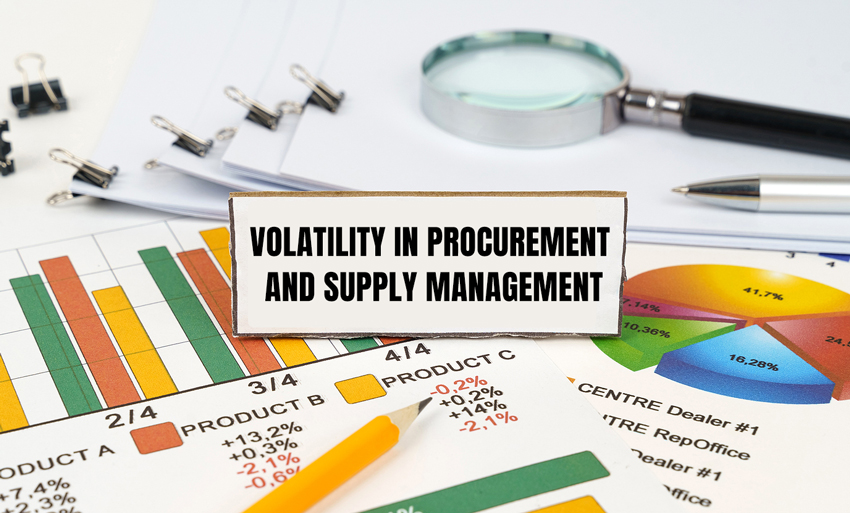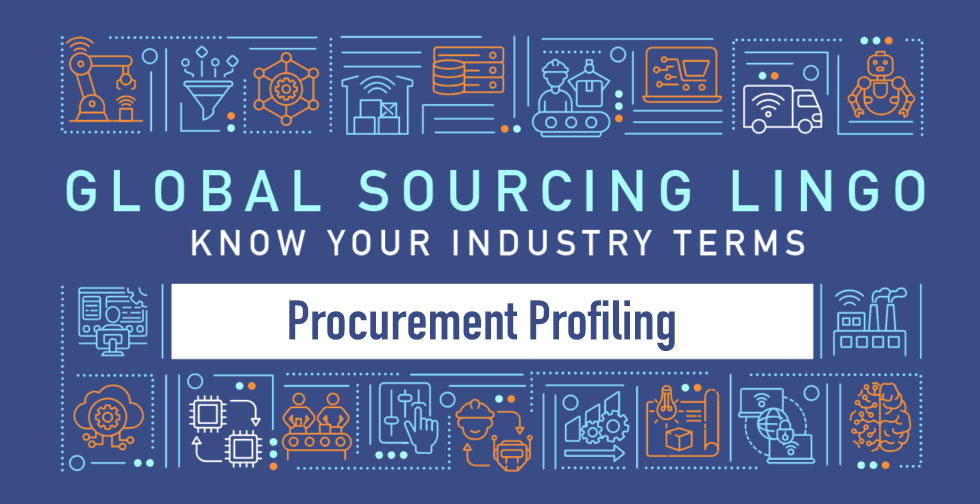Volatility in procurement and supply management refers to the degree of unpredictability and fluctuations in various factors that impact the procurement and supply chain processes. It is characterized by rapid and significant changes in market conditions, such as price fluctuations, demand variability, supplier disruptions, geopolitical issues, and regulatory changes.
In the context of procurement and supply management, volatility can have both positive and negative implications. On the positive side, it can present opportunities for cost savings, improved supplier negotiations, and competitive advantages. However, it also introduces risks and challenges that organizations need to navigate effectively.
Here are some key aspects of volatility in procurement and supply management:
Price Volatility
Fluctuations in the prices of raw materials, commodities, and finished goods can impact procurement decisions. Rapid price changes may necessitate adjustments in sourcing strategies, supplier contracts, and pricing models.
Demand Volatility
Unpredictable shifts in customer demand patterns can lead to challenges in forecasting and inventory management. Sudden spikes or drops in demand can affect production planning, lead times, and the ability to meet customer expectations.
Supplier Volatility
Suppliers may face their own challenges, such as financial instability, capacity constraints, or operational disruptions. This can result in delays, quality issues, or even the inability to procure critical components or goods.
Geopolitical and Regulatory Volatility
Political events, trade policies, tariffs, sanctions, and regulatory changes at the local or international level can significantly impact supply chains. Organizations must stay informed about such developments and adapt their sourcing strategies accordingly.
Technological Advancements
Technological advancements and innovations can introduce disruptive changes in procurement and supply chain management. Embracing new technologies, such as automation, artificial intelligence, and blockchain, can enhance efficiency and resilience in the face of volatility.
Managing Volatility in Procurement and Supply Management:
Risk Assessment and Mitigation
Conduct thorough risk assessments to identify potential sources of volatility. Develop contingency plans and alternative sourcing strategies to mitigate risks and minimize disruptions.
Collaborative Supplier Relationships
Cultivate strong relationships with suppliers through open communication, transparency, and mutual trust. Collaborate with suppliers to anticipate and address potential volatility together.
Flexibility and Agility
Foster flexibility and agility in procurement processes and supply chain operations. This includes agile sourcing strategies, adaptable contracts, and responsive inventory management to swiftly respond to changing market conditions.
Data-driven Decision Making
Leverage data analytics and predictive modeling to gain insights into market trends, demand patterns, and supplier performance. Data-driven decision-making enables proactive planning and effective risk management.
Continuous Monitoring and Adaptation
Regularly monitor market conditions, supplier performance, and customer demand. Stay informed about industry trends, emerging technologies, and regulatory changes to adapt procurement strategies accordingly.
Supplier Diversification
Reduce dependency on a single supplier by diversifying the supply base. Engage multiple suppliers for critical components or goods to mitigate the risk of supplier disruptions.
Scenario Planning
Develop scenario-based models to simulate various volatile situations and evaluate their potential impact on procurement and supply chain operations. This helps in identifying vulnerabilities and devising effective strategies to address them.
By effectively managing volatility in procurement and supply chain management, organizations can enhance their ability to navigate uncertainties, mitigate risks, and maintain a resilient and efficient supply chain.

Resourceful and innovative Marketing Pro, with 20+ years of progressive experience in the marketing and creative technology industry. Responsible for digital and traditional marketing efforts that promotes brand awareness, increases engagement, and drives revenue.



















